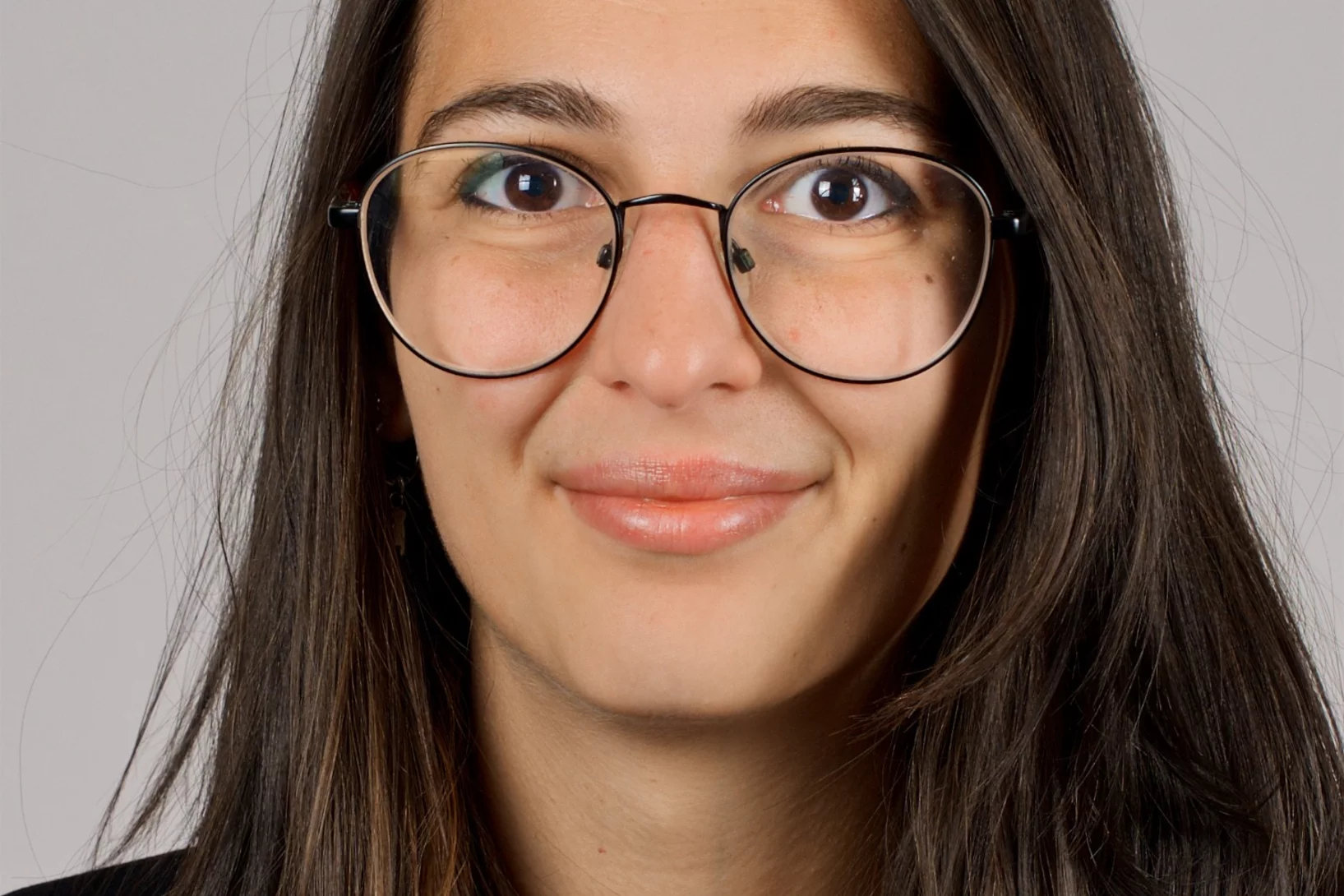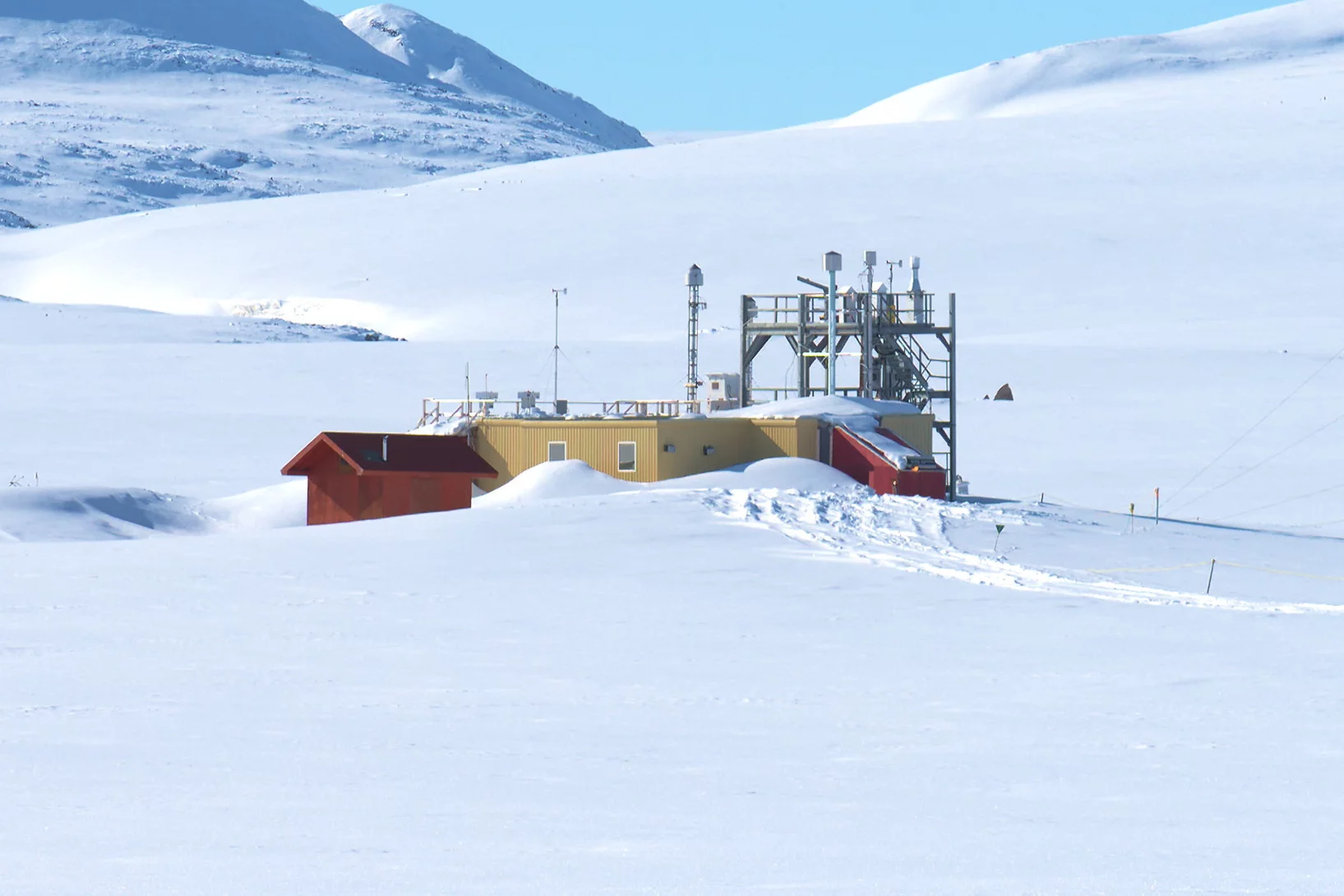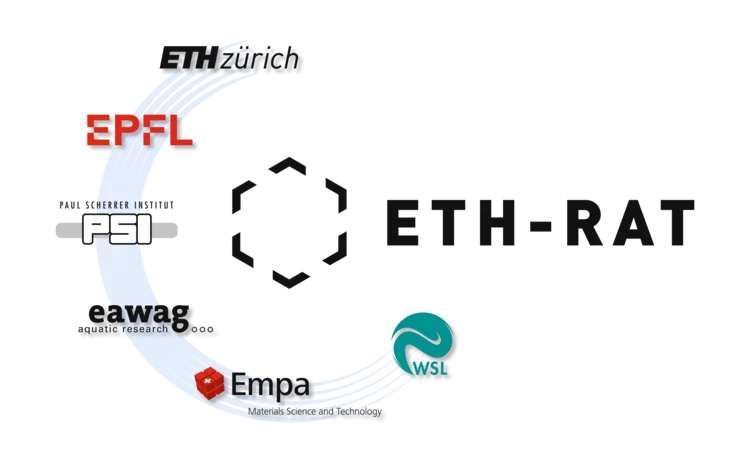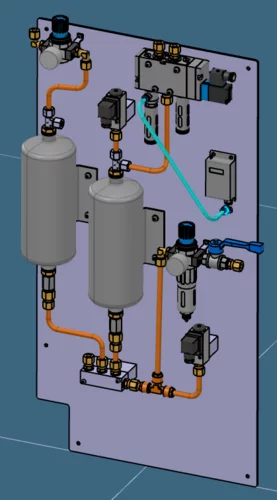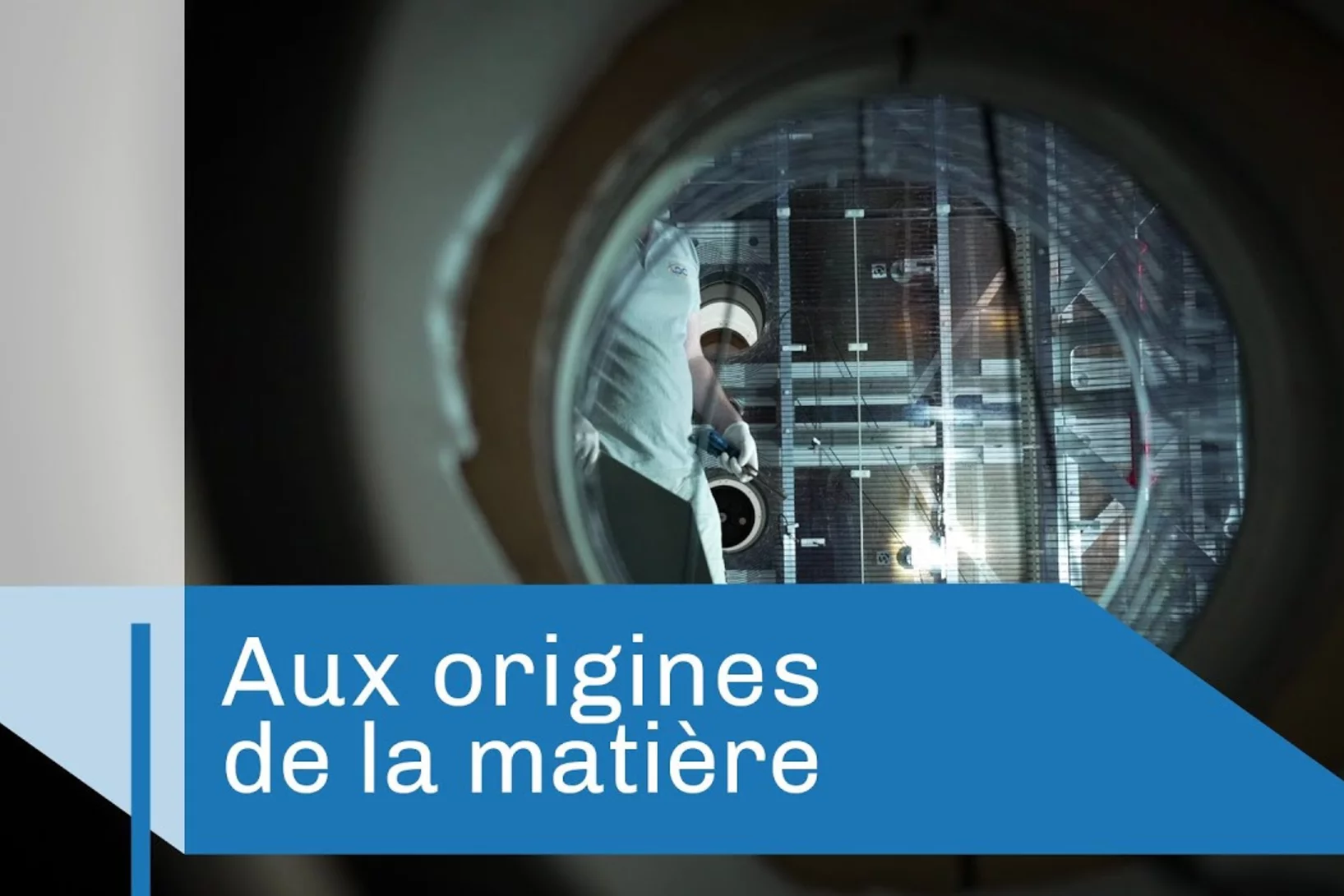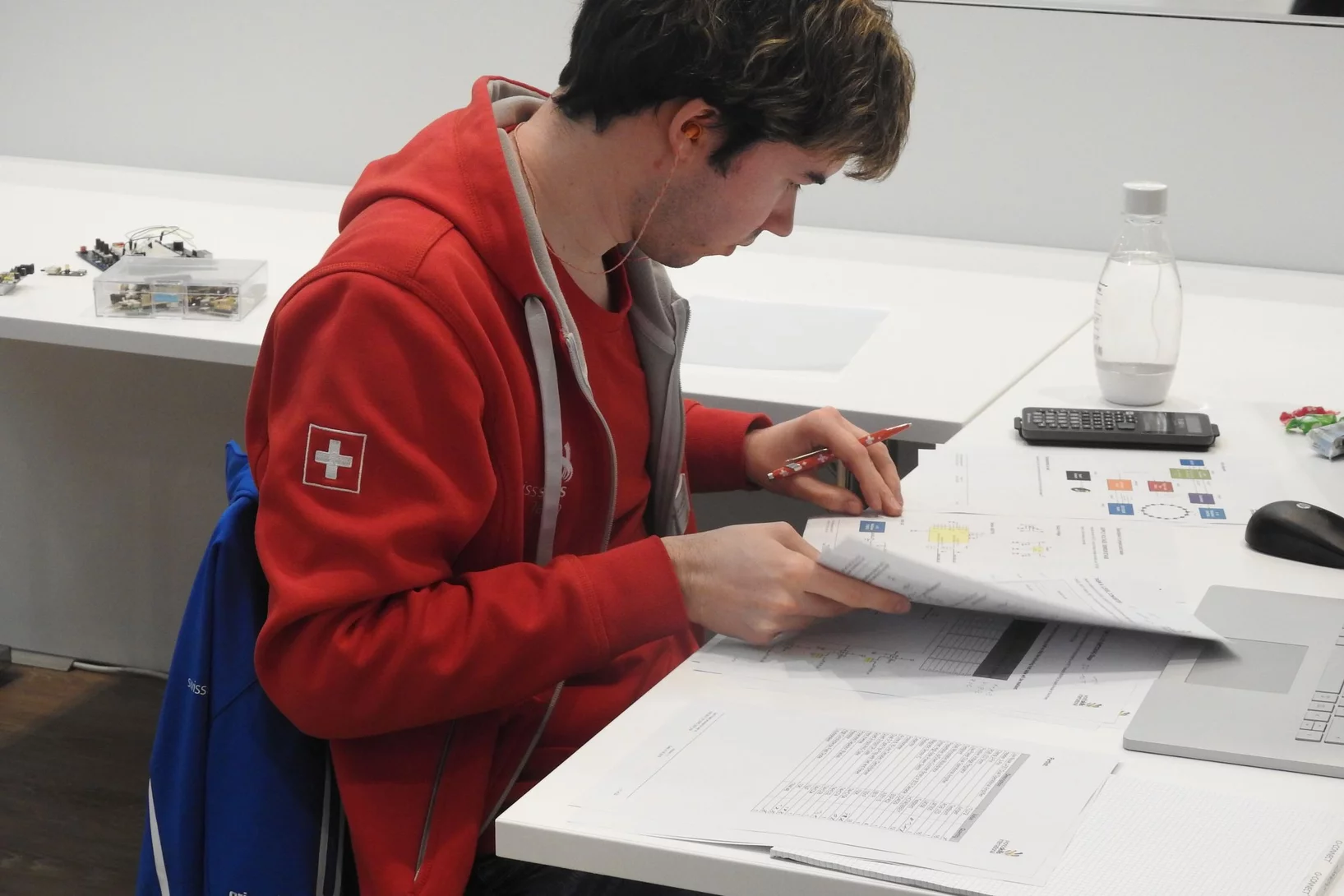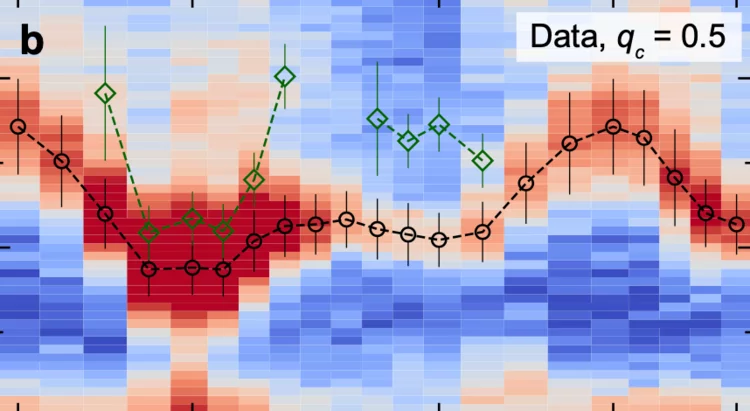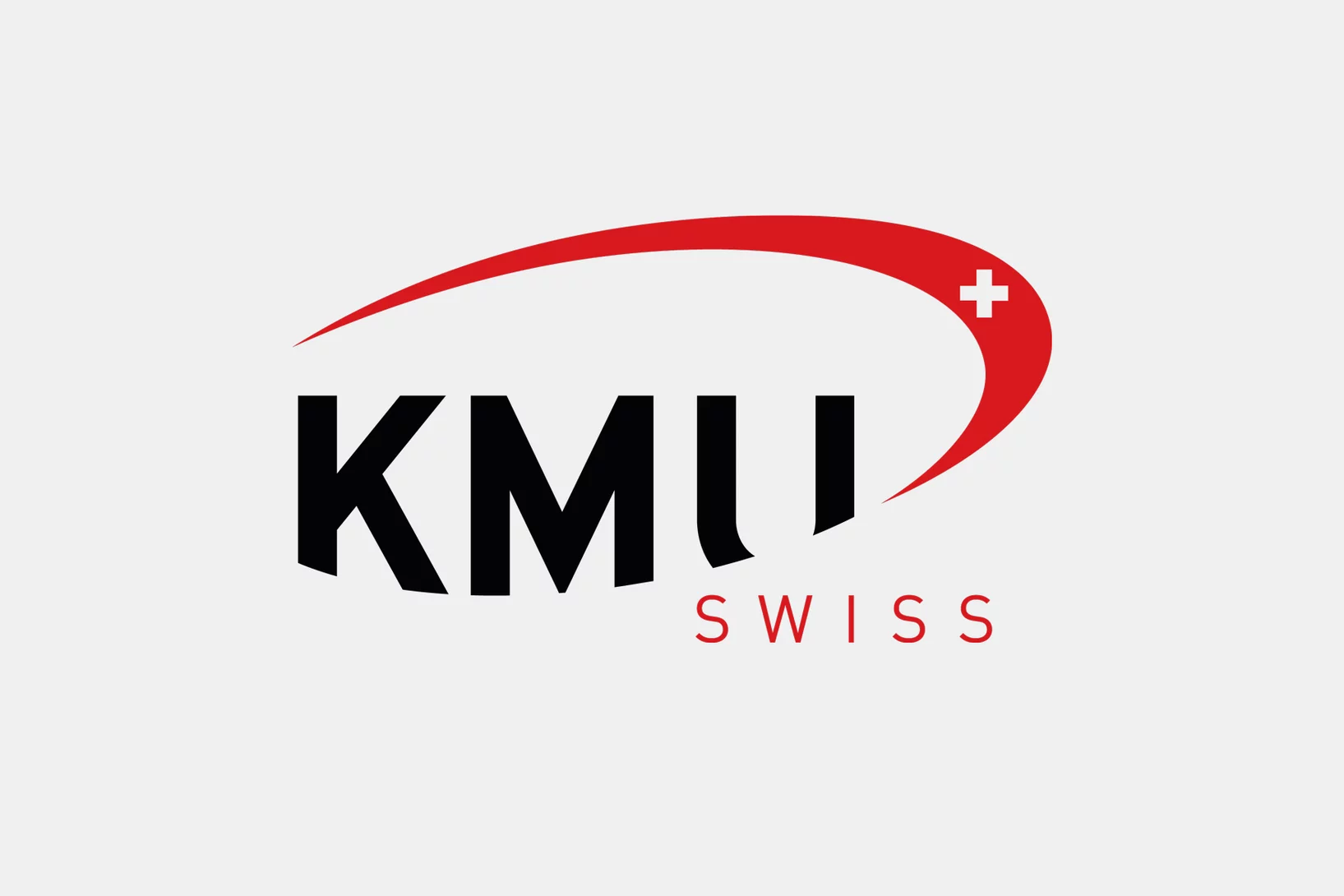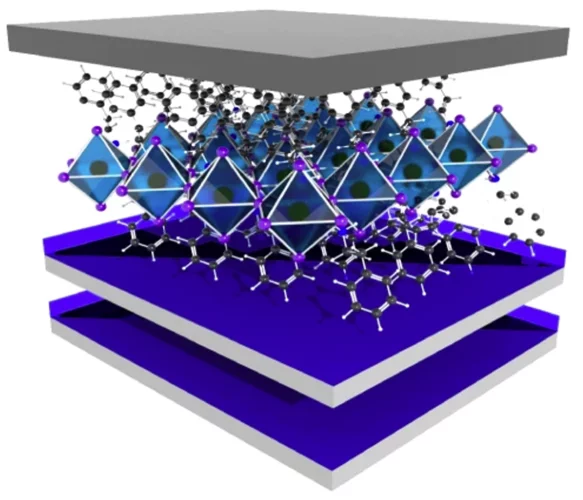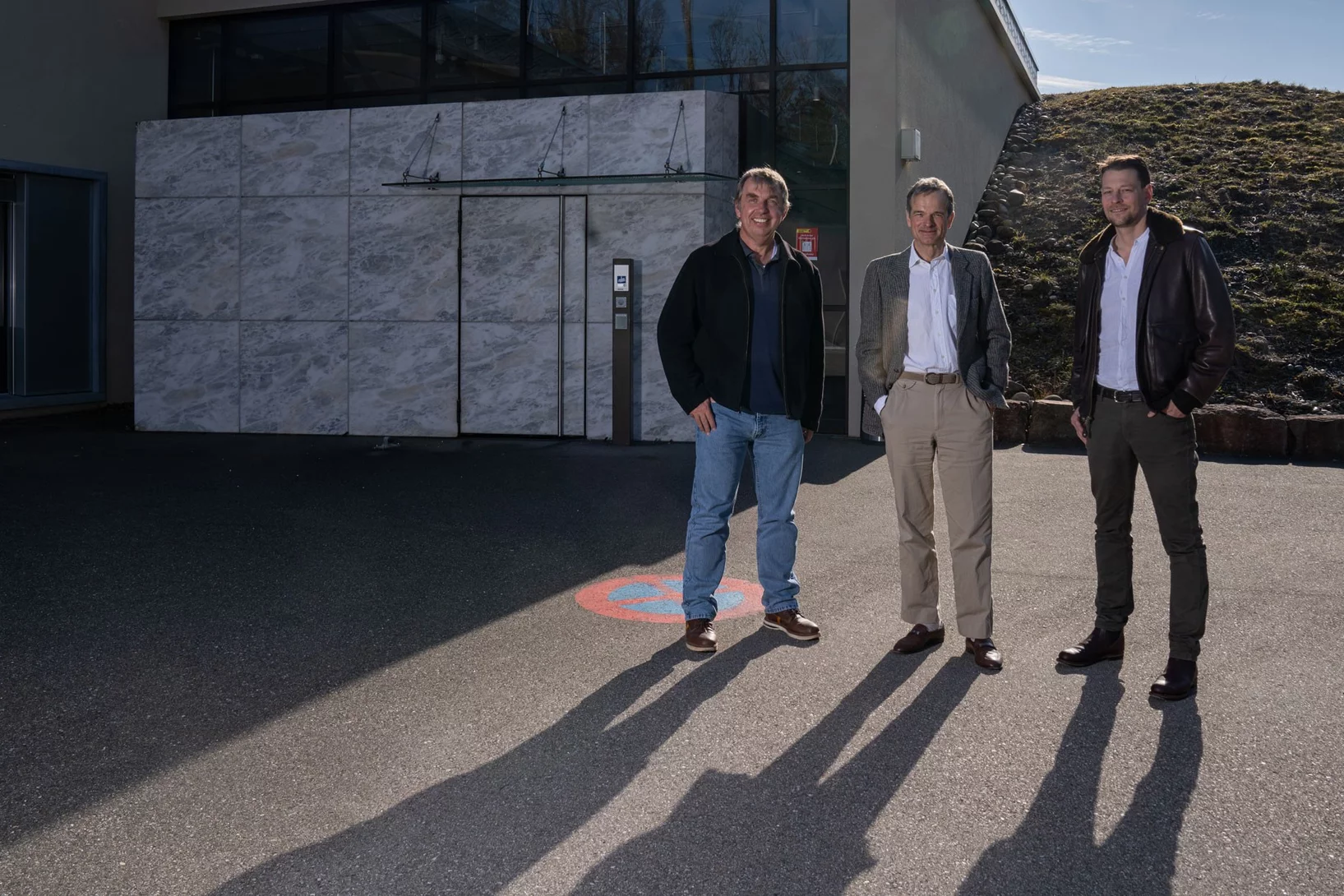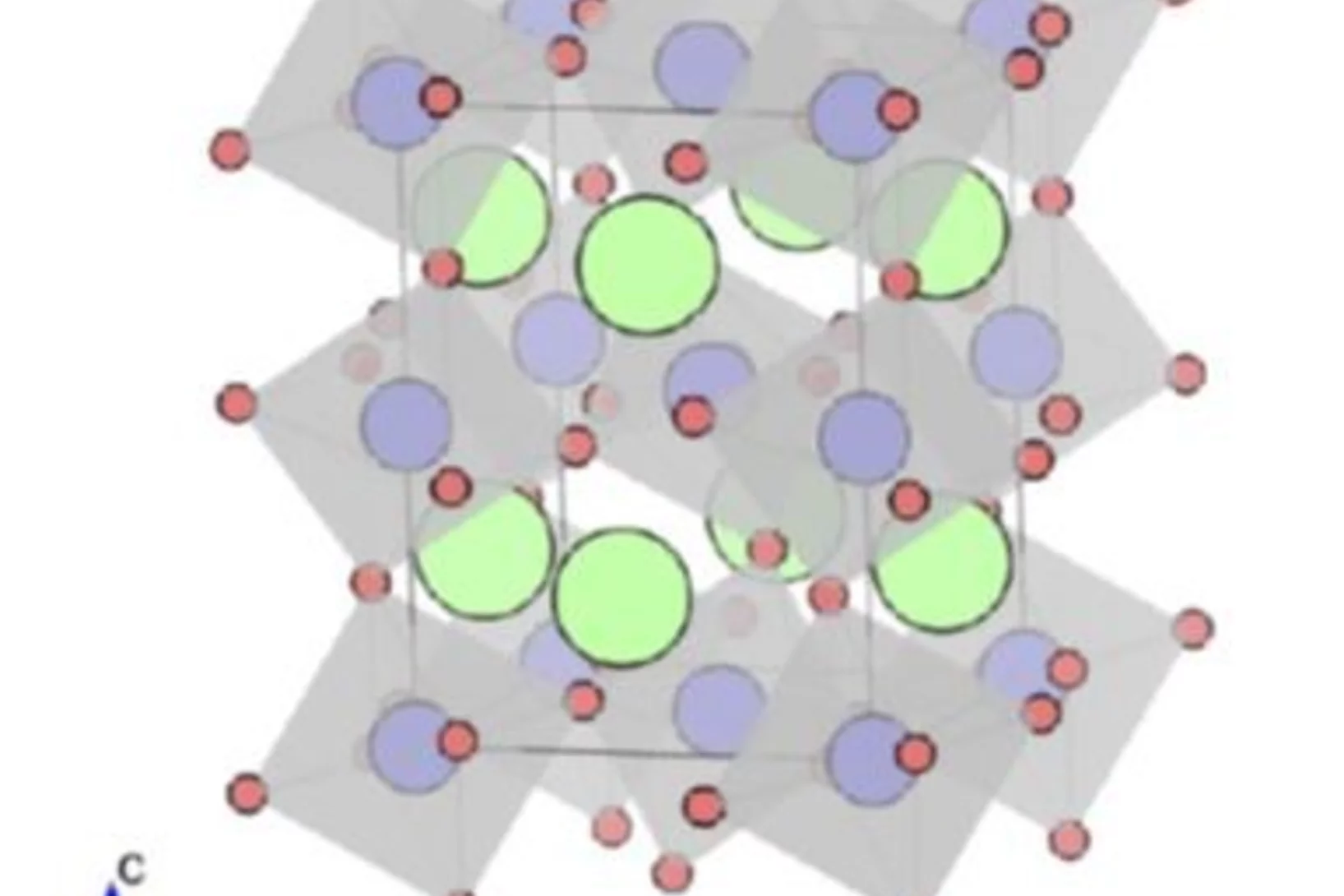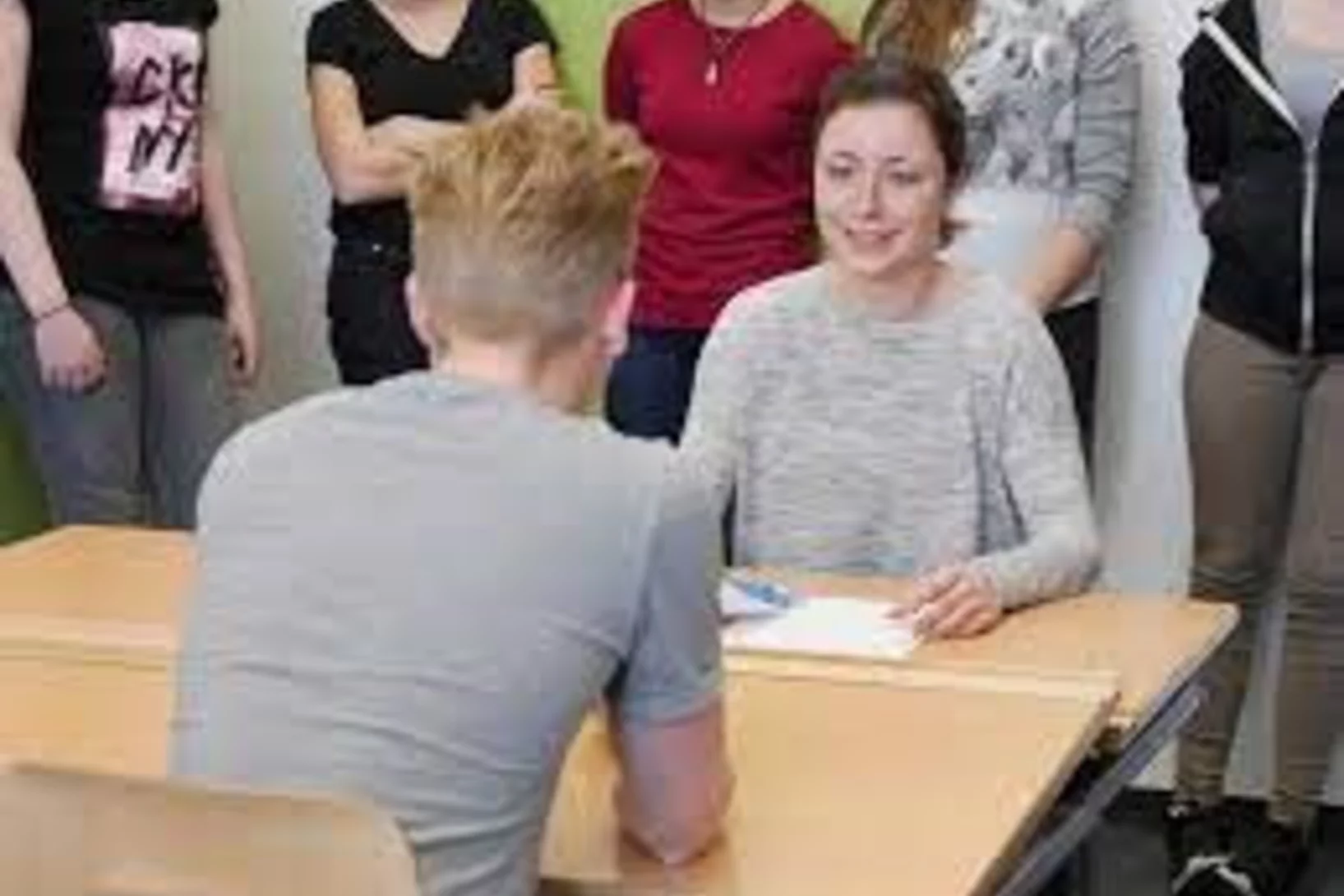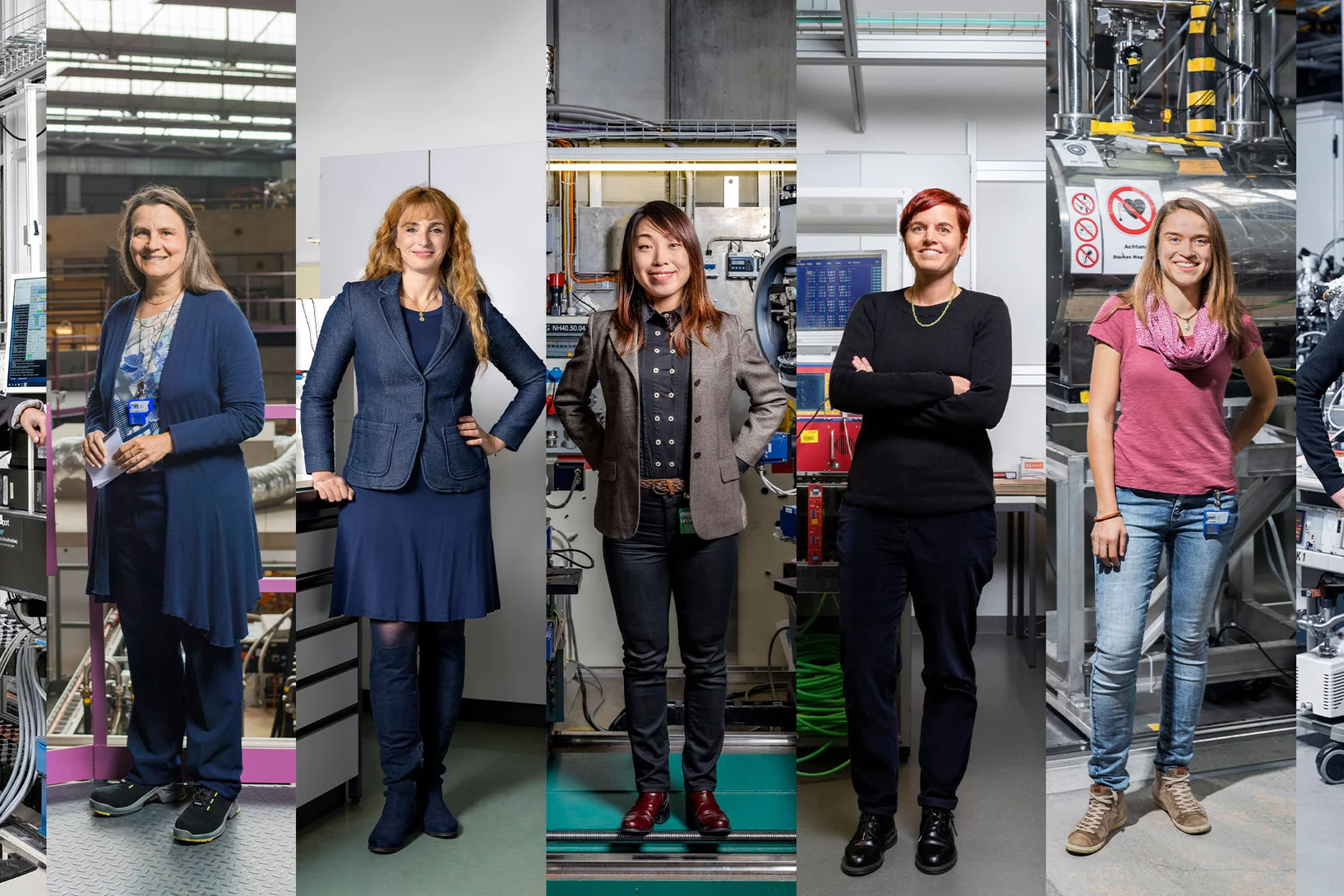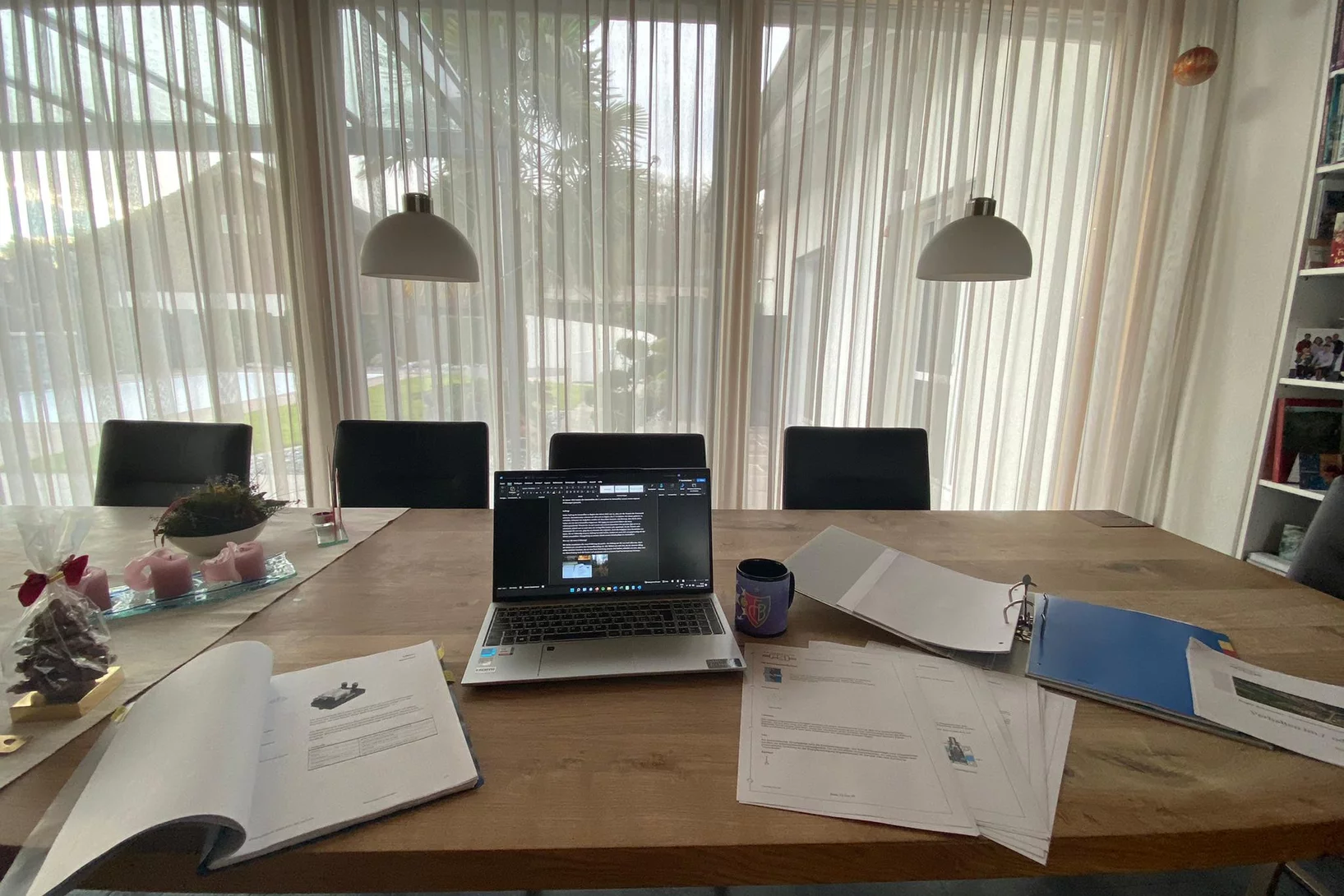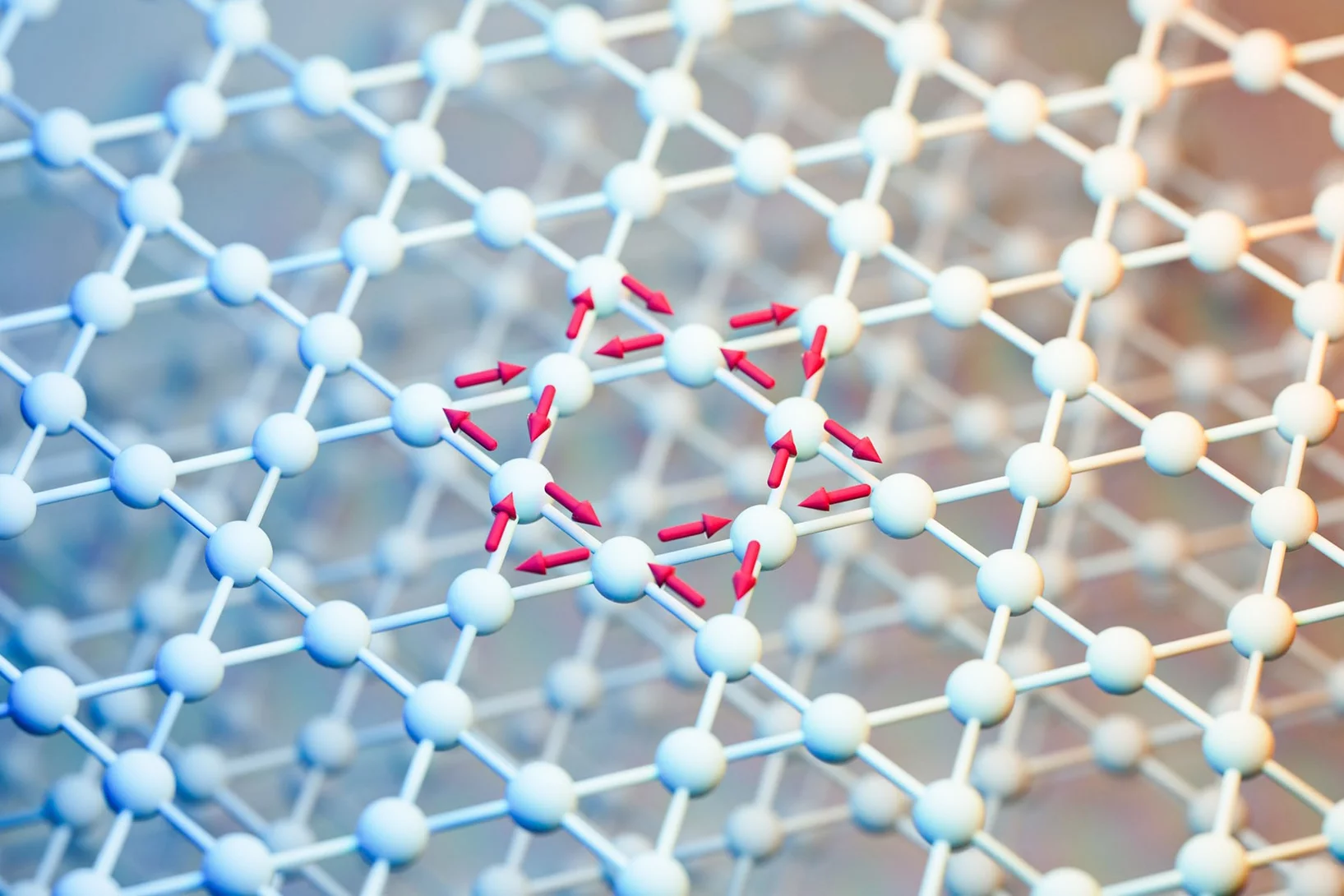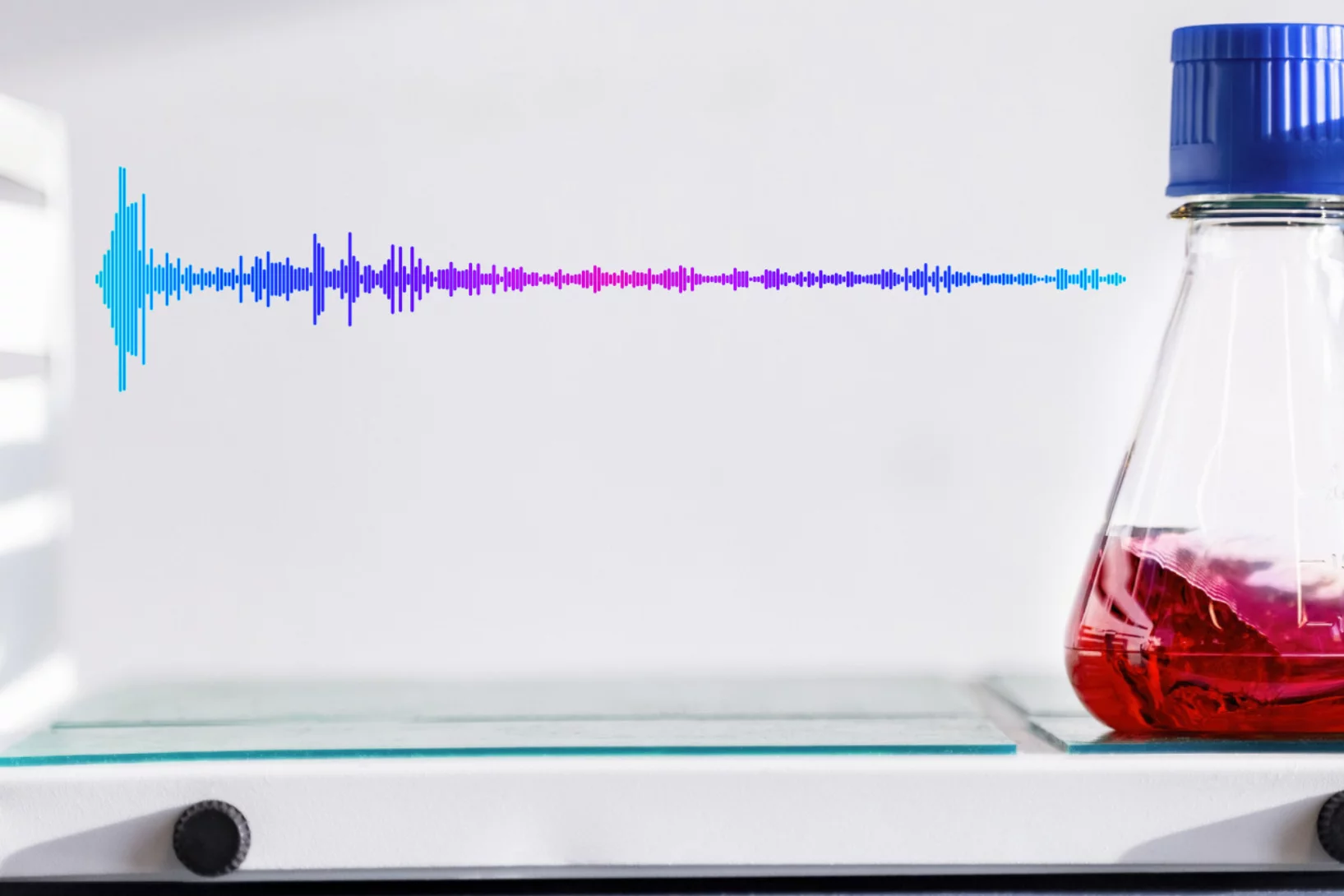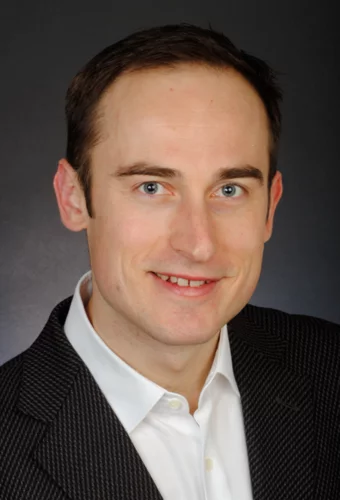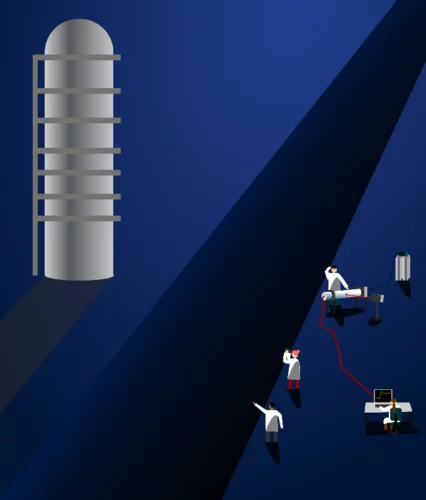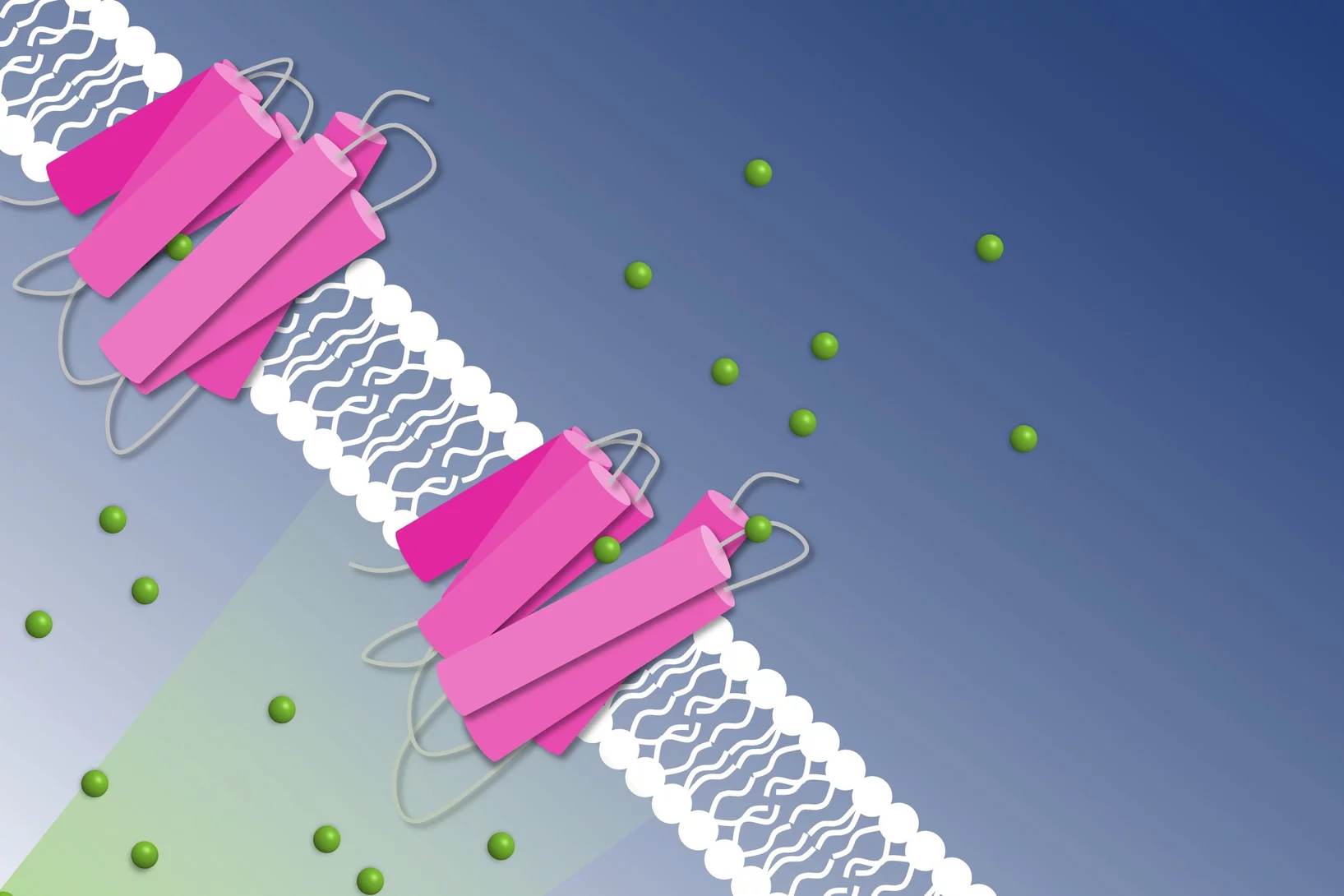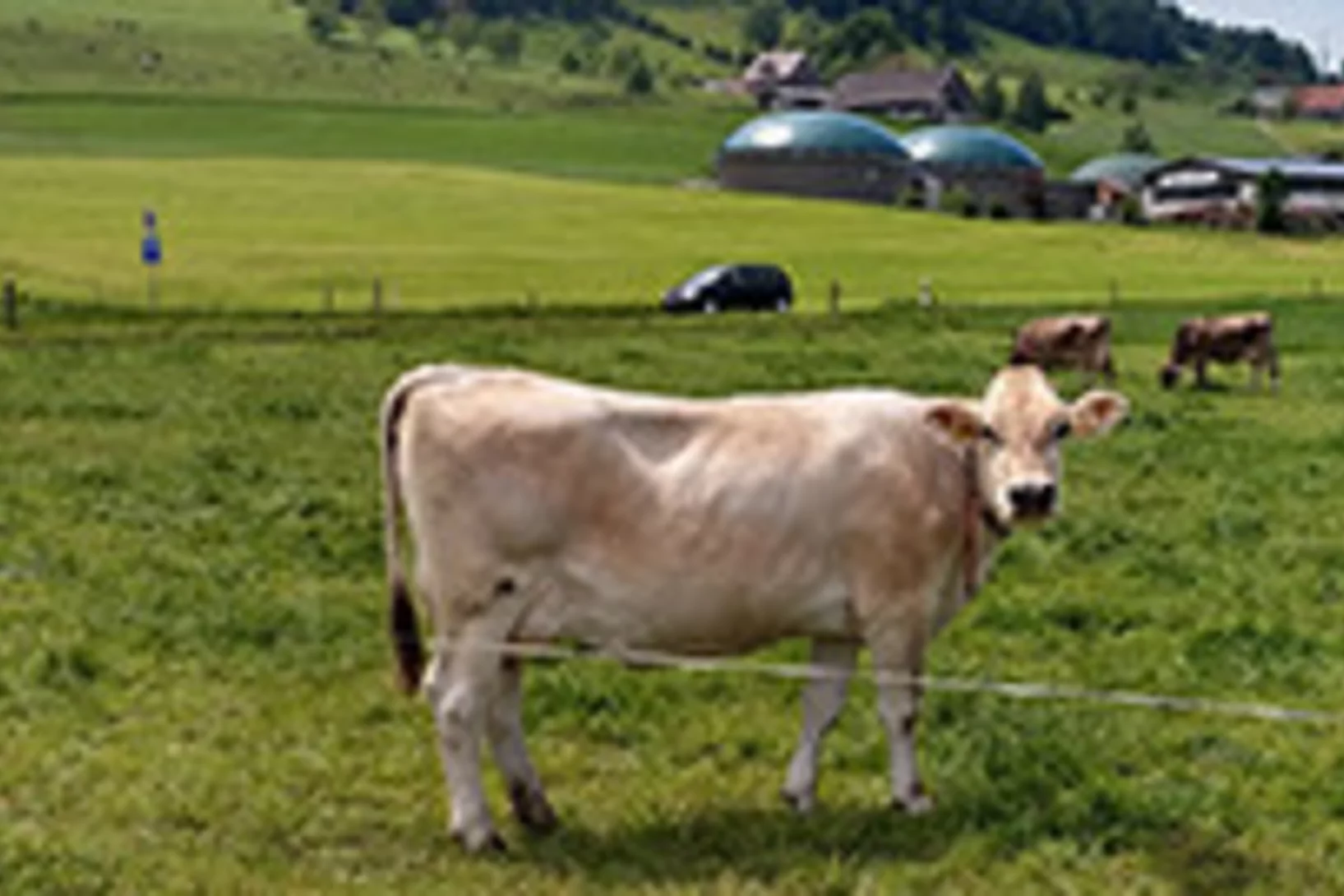Shifting away from nuclear energy, expanding solar and wind power, generating energy from biomass, reducing energy consumption. Switzerland is committed to becoming climate-neutral by 2050. An ambitious goal, which has become more urgent than ever due to the increasingly challenging geopolitical situation. How can a sustainable and resilient energy supply for Switzerland be established over the coming years? What's the optimal way to use renewable energy sources? What new technologies are especially promising? At PSI, researchers are seeking answers to these crucial questions.
Welcome to Chiara Pischetola
We welcome Chiara Pischetola to the group. She is the new scientist in the Heterogeneous Catalysis group. Chiara will be responsible for a research program on the valorisation of carbon dioxide.
Scientists map Arctic aerosols to better understand regional warming
In order to better understand climate change in the Arctic and design effective mitigation measures, scientists at EPFL and PSI have studied the aerosols in a region spanning from Russia to Canada.
The ETH Board and the institutions of the ETH Domain reaffirm their solidarity with Ukraine
Eine grosse Wende für die Konstruktion
Ein Programm, 2 Versionen, unendliche Möglichkeiten
In diesem Bericht geht es um das neue CAD und Verwaltungstool der Konstruktion. Dieser Bericht ist für die Homepage des PSI und somit für alle interessierten Leserinnen und Leser.
PSI Founder Fellowship goes into the next round!
What started as an idea a few years ago has been established itself at PSI as a valuable funding instrument for talented researchers or engineers: the PSI Founder Fellowship (PSIFF for short). It is aimed at researchers with an entrepreneurial spirit and is supported by UBS.
This year, two fellows from PSI are starting the program: Dr Sebastian Gliga from the "Photon Science Division" and Dr Lars Gerchow from the research division "Neutrons and Muons" convinced the PSIFF jury with their business ideas. We warmly congratulate the two budding young entrepreneurs and look forward to working with them!
Optical Setup for a Piston-Cylinder Pressure Cell: A Two-Volume Approach
Measurement of the absolute value of the applied pressure in high-pressure muon and neutron experiments is a complicated task. It often requires the presence of a calibration material inside the sample volume, and could also cause additional time to obtain the response of the calibrant. Here we describe the use of optical calibrants for precise determination of the pressure value inside the piston-cylinder clamp cells.
CNRS movie on n2EDM
Our French collaborators and CNRS produced an excellent short movie about our common n2EDM experiment. The apparatus is currently being set up in
UCN Area South. The collaboration is on track for commissioning of the apparatus with neutrons towards the end of 2022.
Mobile excitons as neutral information carriers
These quasiparticles have the potential to revolutionise electronics - if they can move. Mobile excitons have now been observed for the first time in a metal.
Vorbereitung WorldSkills 2022
Der Countdown für Shanghai ist gezündet, alles Gute Mario!
Operando X-ray Tomographic Microscopy of Polymer Electrolyte Fuel Cell Freeze Start
Understanding the water management in polymer electrolyte fuel cells (PEFCs) during sub-zero operation is crucial for designing effective freeze start strategies. In collaboration with Toyota Motor Europe sub-second X-ray tomographic microscopy was used to study the water distributions in the gas diffusion layer (GDL) of PEFCs during dynamic freeze starts from −30 °C that mimic automotive freeze start conditions at different pre-drying levels and varying the feed gas humidity.
Cu-doping effects on the ferromagnetic semimetal CeAuGe
We present a study of Cu-substitution effects in 4f-Ce intermetallic compound CeAu1-xCuxGe, with potentially unusual electronic states, in the whole concentration range (x = 0.0 – 1.0). The parent CeAuGe compound, crystallizing in a non-centrosymmetric hexagonal structure, is a ferromagnetic semimetal with Curie temperature 10 K. Cu-doping on Au-site of CeAuGe, CeAu1-xCuxGe, changes the crystal structure from the non-centrosymmetric (P63mc) to centrosymmetric (P63/mmc) space group at the concentration x ∼ 0.5, where the c-lattice constant has a maximum value. Magnetic susceptibility and electrical resistivity measurements reveal that all Cu-doped compounds undergo magnetic phase transition near 10 K, with the maximum transition temperature of 12 K for x = 0.5. The neutron powder diffraction experiments show the ferromagnetic ordering of Ce3+ magnetic moments with a value of about 1.2 μB at 1.8 K, oriented perpendicular to the hexagonal c-axis. By using symmetry analysis, we have found the solutions for the magnetic structure in the ferromagnetic Shubnikov space groups Cmc'21′ and P21′/m' for x < 0.5 and x ≥ 0.5, respectively. Electrical resistivity ρ(T) exhibits a metallic temperature behaviour in all compositions. The resistivity ρ(T) has a local minimum in the paramagnetic state due to Kondo effects at high doping x = 0.8 and 1.0. At the small Cu-doping level, x = 0.2, the resistivity shows a broad feature at the ferromagnetic transition temperature and an additional transition-like peculiarity at 2.5 K in the ferromagnetic state.
Antiferromagnetic excitonic insulator state in Sr3Ir2O7
Excitonic insulators are usually considered to form via the condensation of a soft charge mode of bound electron-hole pairs. This, however, presumes that the soft exciton is of spin-singlet character. Early theoretical considerations have also predicted a very distinct scenario, in which the condensation of magnetic excitons results in an antiferromagnetic excitonic insulator state. Here we report resonant inelastic x-ray scattering (RIXS) measurements of Sr3Ir2O7.
Restrictions to enter Switzerland have been disposed
As of 17 February 2022 Switzerland has disposed all COVID-related restrictions to enter the country. For the time being certificates for vaccination or negative tests are no longer required.
PSI at the this year’s KMU Swiss Symposium!
This year's KMU Swiss Symposium will take place in Baden, Kt. Aargau, on 17 March - we are pleased to be physically present again this year!
The KMU Swiss Symposium offers a platform for exchange and inspiration - this is made possible by exciting presentations, various booths with innovative projects and networking.
Federal Councillor Viola Amherd will also be a guest in Baden on 17 March and will give the opening speech, followed by other top-class speakers, including Nina Suma, Managing Director of the Baden thermal spa "Fortyseven", neuroscientist Claudia Thali, Thomas Boyer, CEO of Groupe Mutuel and Guido Konrad, Managing Director of Varian Medical Imaging Labs.
PSI will be there - visit us at our joint booth with the Hightech Zentrum Aargau and find out more about how we can support industry and SMEs with their technical challenges and innovation processes.
Detailed information and registration for the event at:
https://www.kmuswiss.ch/index.cfm?setcatlist=1&publication_id=584&publication_action=dsp_publicationdetail&content=1050¶graph=1&spr=de
Lighting up the appealing world of hybrid perovskites
Researchers from Italy, in collaboration with the Paul Scherrer Institut, successfully used the macromolecular crystallography beamline X06DA-PXIII at the Swiss Light Source to characterize promising perovkites materials used in solar cells and other photodetector devices.
International Day of Women and Girls in Science on February 11
February 11 was the International UNESCO Day of Women and Girls in Science. Some of our female employees in research introduced themselves on this occasion. What excites them about research? The answer to this and their profiles can be found on our website, commented and shared via LinkedIn and Twitter.
Opening the door to X-ray quantum optics
The 'perfect' X-ray beam-splitter: Researchers at SwissFEL have an ingenious solution to produce coherent copies of pulses, facilitating a realm of new X-ray techniques.
Low-energy spin dynamics in rare-earth perovskite oxides
A team of scientists from Paul Scherrer Institut and Oak Ridge National Laboratory review recent experimental studies of spin dynamics in the rare-earth perovskite materials. These compounds show unconventional magnetic excitations at low temperatures, including confined and deconfined spinons as well as multimagnon states, which were revealed by means of high-resolution neutron spectroscopy. These observations demonstrate that the rare-earth perovskite magnets can provide realizations of various aspects of quantum low-dimensional physics.
Rent-a-Stift
Anfang Oktober erhielten wir von Ask! ein Coaching in Auftrittskompetenz und Präsentationstechnik. Ab Anfang Dezember besuchten wir dann in 2er-Gruppen den Unterricht an verschiedenen Schulen und hielten einen Vortrag über unsere persönliche Erfahrung bei der Lehrstellensuche, unserem Lehralltag und im Lehrbetrieb.
International Day of Women and Girls in Science
International Day of Women and Girls in Science: To celebrate the day, we present seven outstanding women working in science at PSI.
Arbeiten im Homeoffice
Im Januar 2022 haben die Automatiker des 1. Lernjahres im Homeoffice ihre ersten eigenen Erfahrungen gemacht.
ESUO questionnaire on impacts of absence of TNA funding
ESUO, the European Synchrotron and FEL Users Organisation, has launched a questionnaire on the Possible impacts of the absence of TransNational Access (TNA) funding for the user community. ESUO, in cooperation with LEAPS, kindly asks you as users of photon facilities to fill in that questionnaire.
The outcome of the questionnaire will empower ESUO to continue advocating both to the European Commission and to the National Funding Agencies for TNA funding for all science topics and for all scientists.
New insight into unconventional superconductivity
Signatures for a novel electronic phase that enables charge to flow spontaneously in loops have been observed in a kagome superconductor. The findings are published today in Nature.
Sounds of science
Can you see sounds? Obviously not. Nevertheless, this Gallery attempts the seemingly impossible, building a visual bridge to the soundscape the ear perceives all around PSI.
New Head of Laboratory for Energy Systems Analysis (LEA)
As of February 1st 2022, Russell McKenna joins the Paul Scherrer Institute’s Laboratory for Energy Systems Analysis (LEA) as head of the Laboratory. The position at PSI and the full professorship at ETHZ will enable him to combine his research with teaching activities. This optimally reinforces the cooperation between ETH Zurich and the two energy sectors, ENE and NES, of the PSI.
Optimization of catalyst performance to increase efficiency of methanol production
Many types of catalysts have been well known for decades, but the fundamental understanding as to why they work so well is still not quite clear. Without this understanding, an even more efficient catalyst cannot be developed, which is needed to reduce the global energy demand. Copper-zinc-alumina (CZA) is a popular catalyst and has been used for about 100 years, as it facilitates the production of the important chemical building block methanol, a molecule that enables the storage of hydrogen in a manner that minimizes negative impact on the carbon-dioxide footprint. Until 2021, scientists debated over the reason why the catalyst works so well. Understanding the reason behind this is vital in order to further develop even better ones. The copper-zinc-alumina (CZA) catalyst is assessed at the Laboratory for catalysis and sustainable chemistry (LSK) of the Paul Scherrer Institute.
How to get chloride ions into the cell
A molecular movie shot at PSI reveals the mechanism of a light-driven chloride pump
Simulant material could aid in Fukushima cleanup
A new simulation of the most dangerous radioactive debris from the Fukushima nuclear power plant will help with clean-up efforts.
New Action Plan Diversity, Equity and Inclusion 2021-2024
The new Diversity, Equity and Inclusion Action Plan 2021-2024 is now online. Here is the link with the overview and the full document.
Manure and slurry are underused energy resources
Animal manure is packed with energy that is hugely underutilised. So concludes a white paper by Swiss bioenergy researchers.

